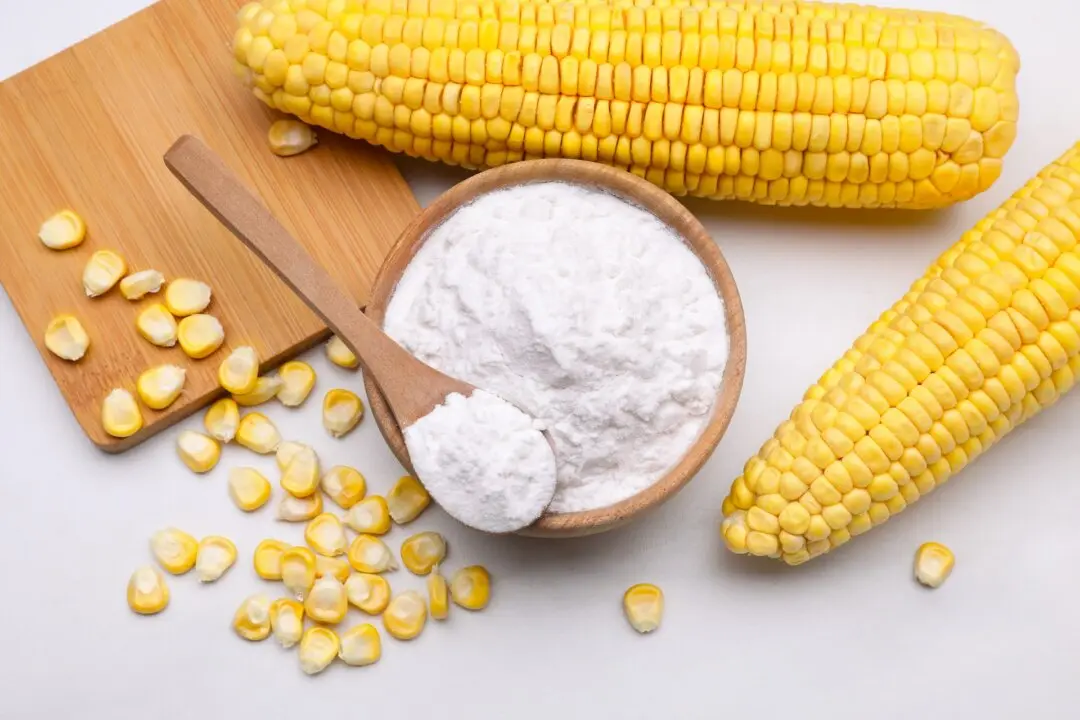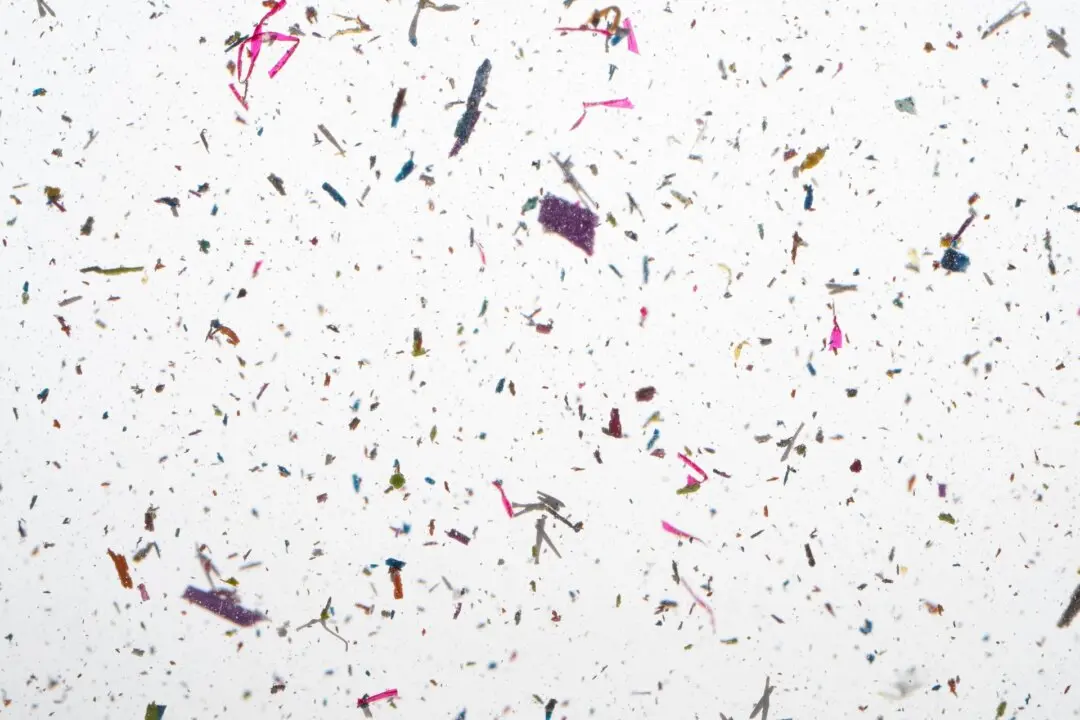Fabric softeners—liquid added to the final rinse in the washing machine or softening sheets that go with the clothes into the dryer—are designed to reduce the amount of static in synthetic fibers. Clothes and linens come out feeling soft and smelling great. So why would anyone opt to go through the time and trouble of making homemade softener when the commercial stuff works so well?
Allergies
While I’m blessed to have a very healthy family, all of us are allergic to fabric softeners, which I’ve learned is very common. Commercial fabric softeners are composed of various chemicals, some of which can be major irritants to the skin.
If you or your kids develop a skin irritation such as a red rash, bumps, itching, pain, tenderness, or a localized skin rash, prepare for the dermatologist’s first question: Do you use fabric softener? The offending ingredients in fabric softeners may be imidazolidinyl urea and quaternium-15 (which is a common irritant, according to the Mayo Clinic). These are described as formaldehyde releasers. Both can cause skin irritation, a rash, or hives (small swollen welts) to form on the skin.
The fragrance or fumes from fabric softeners can irritate some people, leading to tiredness, difficulty breathing, anxiety, dizziness, headaches, faintness, and memory problems.





